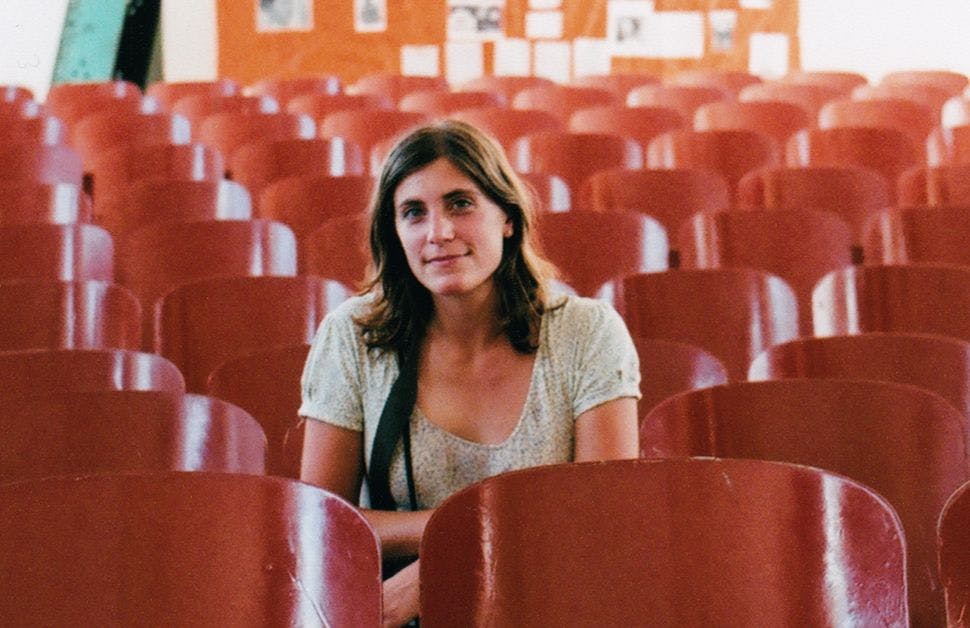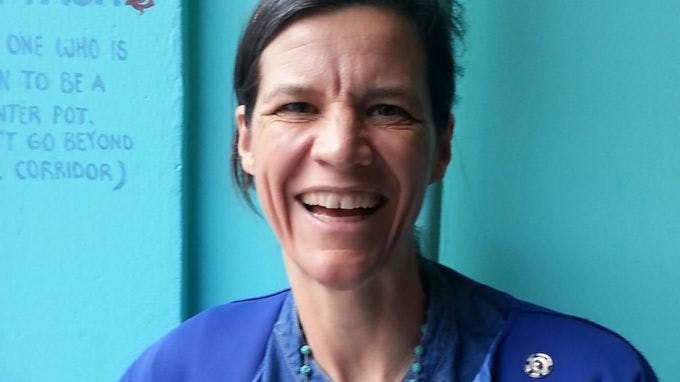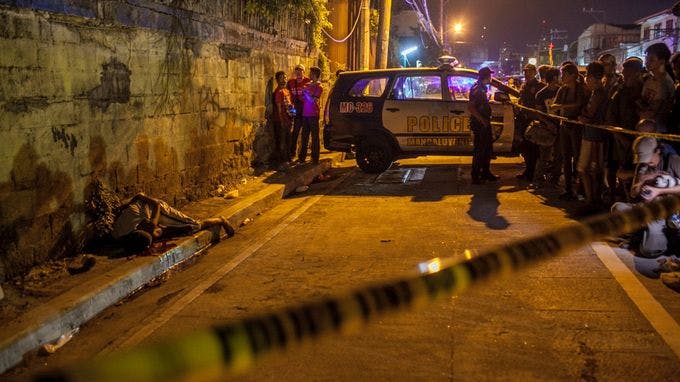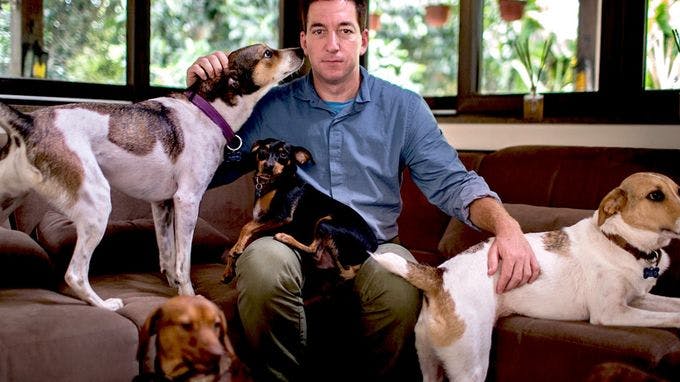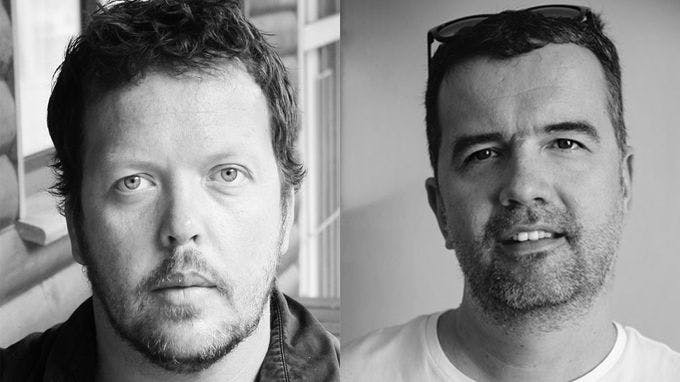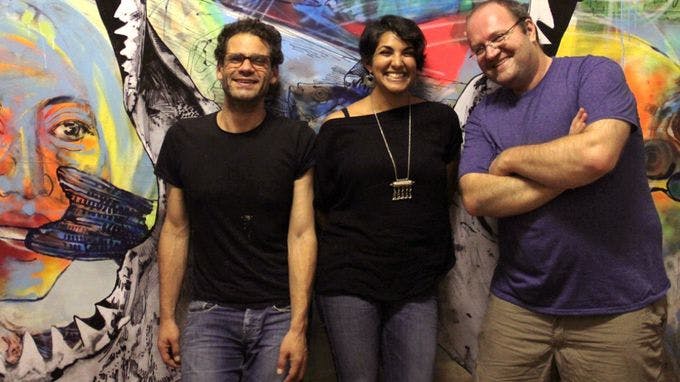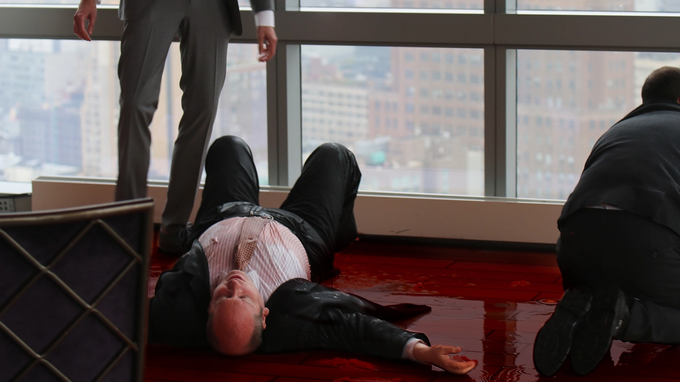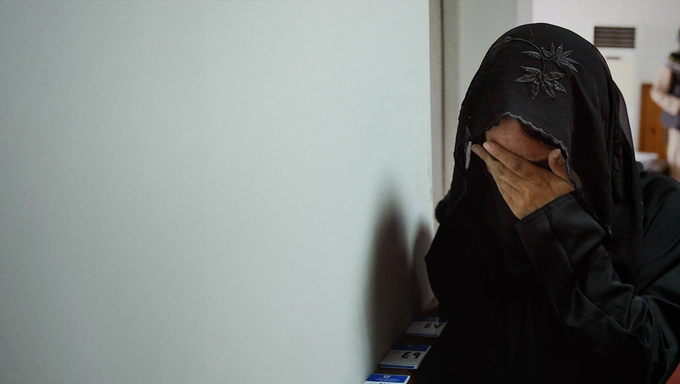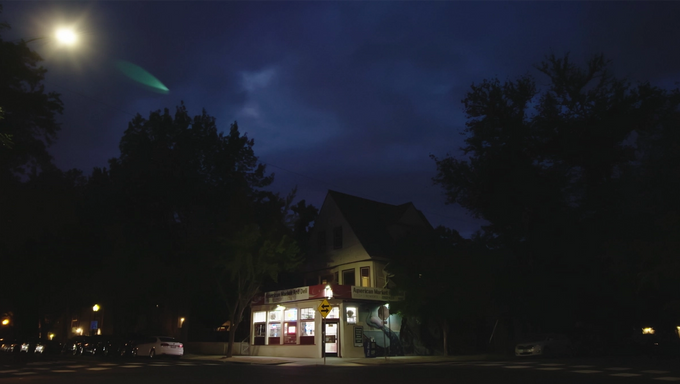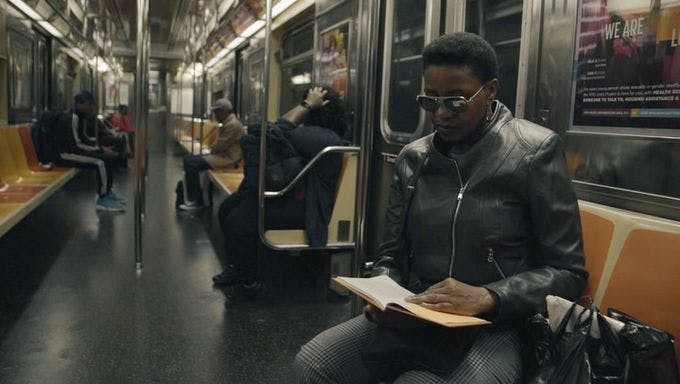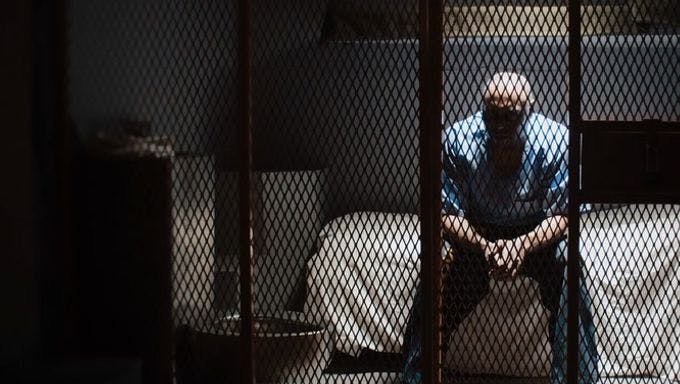More than two years have passed, but September 26, 2014, is a day that is still very present for many Mexicans. As explicated in Emily Pederson’s They Took Them, the latest film from Field of Vision, that’s the day when 43 students of the Ayotzinapa Rural Teachers’ College were “disappeared” amid conflicts with authorities at a mass demonstration in Iguala, Guerrero. Families and friends of these students have found all investigations into and explanations for these disappearances inadequate at best, and remain vigilant in seeking justice.
Pederson had been living in southern Mexico at the time of the incident, and immediately embarked on a multi-platform photography project to document what was happening. She followed citizens as they began to organize, collectivize, and protest. Yet as she tells Field Notes in the below interview, conducted by phone in New York, recent setbacks into this fight for justice gave rise to her working in a new medium. With They Took Them, her debut film, Pederson captures scenarios and especially conversations that might have eluded her still camera, and navigates new challenges in terms of factoring for time, bringing a more obtrusive apparatus into intimate settings and exchanging depth of information for depth of emotion.
What brought you to Mexico?
Pederson: It grew out of some interests I’d had in college. I studied the history of Latin America during the Cold War, the uprisings and dictatorships that happened in those years. The Zapatistas, a guerrilla rebellion from 1994, happened right at the tail end of all that. They were kind of the last big push for change in Latin America—the last major earthquake in Mexico’s history. After my college studies, I moved there to work on a long-term photo documentary project about the Zapatista rebellion.
How did your project develop over the years you were living in Mexico? What was your method and approach?
Pederson: I was just exploring that theme through photography. And I was doing a bit of oral history too. In the first two years, I was getting to know the country. It was a process of becoming connected with the people’s history. At first I was an outsider—and I still am—but it definitely does a lot when you are sitting at the table with people for two years before you tackle a project. In that first chapter, the photography was about exploring what had changed since this rebellion and what the fallout was twenty years later. So I would go to different towns and record conversations with various people who were involved. And that added another dimension to the photographs. It complicated things, made it less about the surface. With different perspectives you see all these doorways into this reality. The Zapatista uprising and what happened afterwards is a very complicated and tangled issue.
At what point in your time in Mexico did the disappearances happen?
Pederson: I had been living there for about two years—I was in Chiapas. And by that time I was very close with some families. I saw families crying when the news came out and it echoed through the whole society. The conversations at the dinner table spilled out onto the streets through marching. You could feel in this moment that it was something that would be remembered and was going to change things. A major motivation [for my work] was just documenting the collective memory of that. People felt it was the latest state crime in a country where there have been so many state crimes. [On signs] at the marches, people would put this date and this name on the end of really long lists of massacres. There’s a profound discontent in Mexico because of the terrible violence of the drug war, but also because of these much older grievances and much deeper structural issues. There are a lot of class issues, with a political class that is very much completely corrupt and disconnected from the people. This became the focal point for all of that energy. Teachers had been disappeared and killed in the 1980s and I had friends in Chiapas who were teachers, and these students [who’d disappeared] were teachers in training. There’s this entire history of struggle and discontent.
What was your strategy for making that history legible in your film? How do you show that this is part of a continuum and not an isolated incident?
Pederson: That was the huge challenge in making it. Especially in the very short timeframe—we filmed it in ten days. I’d created a photo zine about it that was the product of a whole year’s work, so the major concern was would we be able to achieve that same continuity? There’s so much that you can say, so many facets. Part of the approach was [being deliberate about] which questions to ask. In the film we bring in a woman talking about the role of these student teachers and why she thinks the government disappeared them. We have some comments from another character relating it to wider issues in Mexico about how people are being killed in all sorts of ways.
Since you’d never made one before, why did you decide to shoot a film? What did it afford you that still photography didn’t?
Pederson: I’d been covering it as a photographer for so long that I wondered what another picture of a march could do. What can another picture of the absence [of the disappeared] really do at this point? Especially when it had become clear that the Mexican government was pushing out these experts who were looking into the case. I had witnessed so many situations in which a photograph couldn’t do it justice. Interactions with the police, for example. Things the family members say [in those situations] were just so powerful. I used to record audio when I was photographing, but that’s also limited. It’s not the same as a film. There’s something about seeing a scene unfold.
Were you using different equipment than when you’re taking photos?
Pederson: Oh yes. I was using a Nikon F from 1969 for the photography project. And when I came back for the film with a DP, he and I had similar cameras—digital with a big lens on it.
So how did these people who’d grown accustomed to your small still camera adjust to a film shoot? How big was your crew?
Pederson: That whole process—who to bring?—was a challenge. I’d always been on my own and had these intimate personal relationships that I didn’t want to mess with, so I can’t show up with four people. I thought that with just one extra person it would be easier to achieve the same intimacy. He would film and I would have conversations. Which was really helpful, actually. If I’d been alone, they wouldn’t have been looking at me, they would have been looking at a camera. It was almost like it was just the two of us talking, me and the person being filmed.
When you were just taking photos, it was more sporadic? You could have conversations and only occasionally disrupt it with a picture?
Pederson: It was primarily a relationship—just photos here and there. I was sensitive to when not to take a picture. With the film, they were curious about what I was doing with this equipment and this new person, and if he could be trusted. The very fact of pointing a video camera at them turned them into spokespeople, and I just wanted them to be themselves. That was worrisome at the beginning, but then once we went to peoples’ homes we were able to work past that facade and they became more natural.
Was it strange for you not to be the one capturing the images?
Pederson: Oh yeah. I actually was the B camera on the shoot, but not during the intimate scenes. It was interesting. There was a moment when you just kind of let go.
But as a director, you’re definitely still controlling for the parameters of the shoot. Aesthetically speaking, what did film offer compared to photography?
Pederson: You have to make decisions on the fly in both, but I definitely felt that more as a filmmaker. You’re trying to create a narrative in a different way. It has to be cohesive somehow, so it becomes a lot about placing yourself. What kind of situations are we going to put ourselves in? As a director you’re trying to put yourself in the best position to document what unfolds. I think that was the most interesting aesthetic difference—just being able to watch tensions build. There’s something about moving images that can be so evocative.
It adds an element of time.
Pederson: Exactly. You can give people a sense of space and time in a different way.
Since you’d spent so much time working in other forms, did you feel that anything was lost working in film?
Pederson: Some of what’s lost is the historical context. Perhaps over a longer film you can delve into that more. But you have to accept that you don’t necessarily have to say everything about a certain issue. What it opened up for me was telling a story in a very emotional way. And bringing people into this specific moment in time, where they can watch the unfolding of this difficult and dangerous moment for these families, in which these outside eyes are being pushed out. You’re present with them and can get the impact of what this means that the investigation is being shut down.
You’re also bringing us to a moment that happened quite recently—what you shot is from just six months ago.
Pederson: Yeah, it’s April of this year. A lot of people have stopped following it. The film is a way to drop people back in. And there are still so many people who care about it. I just hope that it keeps this push for accountability alive and keeps eyes on it. For the families there’s a real sense that if the world abandons them, they’re in grave danger.
Meaning they’re physically in danger if eyes are diverted from this issue?
Pederson: They’re not giving up and the government has grown more and more impatient with that. Actually just recently two students from the school the [disappeared people] attended were killed. It looked like a robbery but there were also conflicting accounts. There’s a real sense of danger.
Within the larger context of recent Mexican history and politics, is there any precedent for accountability? Or is it about keeping an international lens onto this?
Pederson: The families keep pushing forward the legal international mechanisms that are in place. It’s a case that hopefully can continue to be investigated and the truth can eventually come out. But it’s very difficult because a lot of the evidence was lost in the crucial first period. Inadequate investigation and lack of due diligence played into a cover up as well. There’s a sense that these [incidents originate] from higher up than the government usually acknowledges. If you look back at the history of these cases, the president at the time was not held accountable. There are fall people in cases like this. If you look at Guatemala, for example, they put their ex-president in prison. That was a case in the region where people were able to set the course for a better future. There are a lot of crimes in Mexico right now that are extremely grave. This isn’t even the largest-scale case, while smaller ones are happening all the time. Here they were caught red-handed, and that’s why it became a focal point. Some day, hopefully a day of reckoning will come.
What’s your plan going forward for your larger project?
Pederson: The photography project I was working on is to be continued over years to come. I want to have [subjects] write around the photographs and bring their voices in. Making sure the pictures and the film are available to them is very important to me.
Do you think you’ll make more films?
Pederson: I’m really not sure. I think it depends on what happens in this case. Maybe there will be another development where a short form film would be appropriate. This case is not over. The parents will tell you that. Ever since I got there and was moved to stay there I’ve had conversations where they’ll say, “If the government thinks they can make fun of us like this, and that it’s over, they could not be more wrong.”
